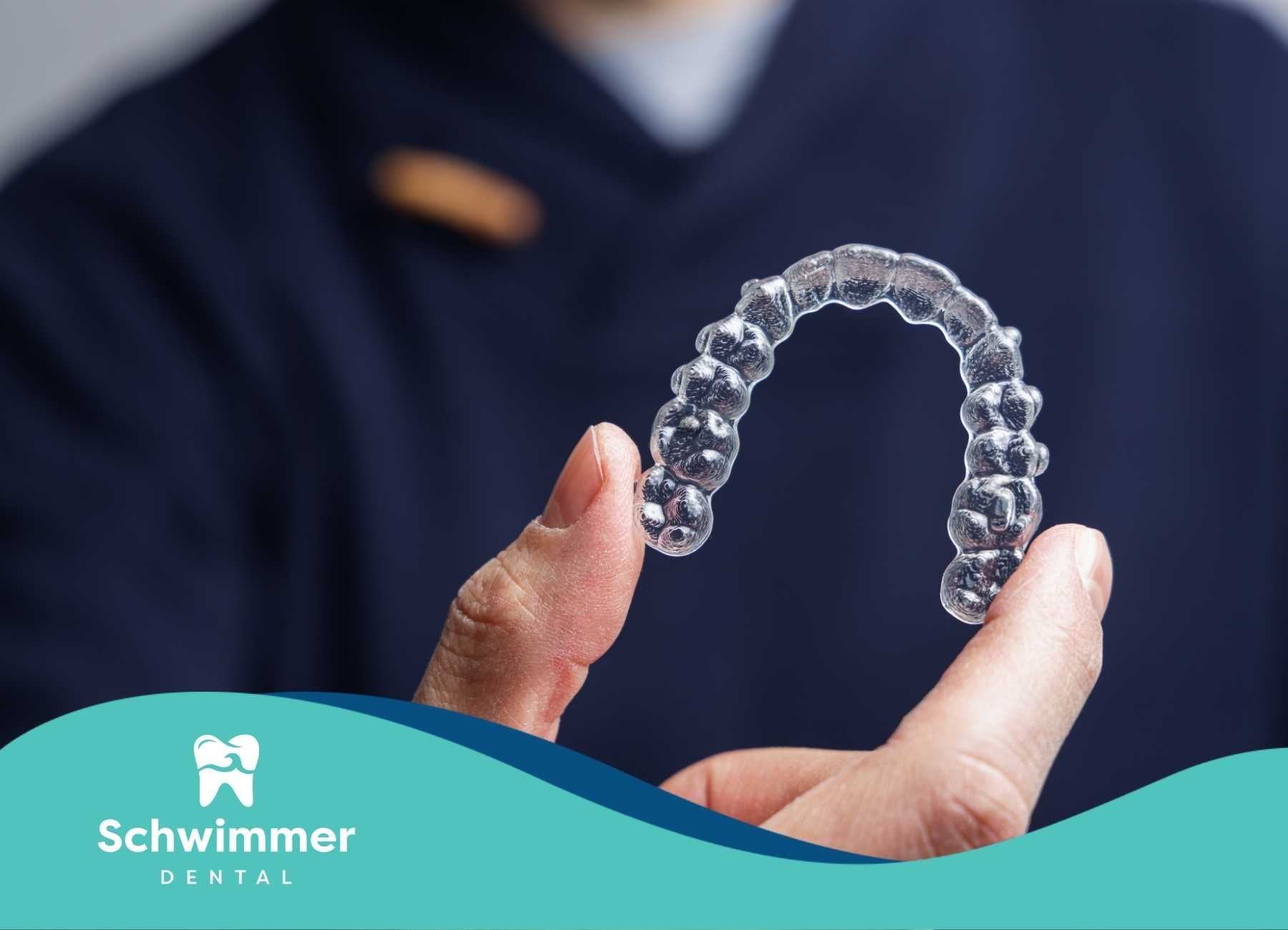Sugar, Smiles, and Surprises: How Candy Affects Children's Teeth
Kids adore candy—but as a parent, you’ve probably wondered: How does candy affect children’s teeth, behavior, and overall health? The honest answer is that candy is fine in moderation, but too much sugar can cause dental problems, mood fluctuations, and long-term habits that aren’t great for growing bodies.
How Candy Affects Children’s Teeth
For kids, the biggest impact of candy is on dental health. When a child eats sugary snacks, bacteria in their mouth convert sugar into acids. These acids weaken tooth enamel and can lead to cavities—especially when candy lingers on the teeth.
Sticky candies like gummy bears, caramels, taffy, and fruit chews cling tightly to tooth surfaces. Hard candies keep sugar in the mouth for several minutes, giving bacteria more time to cause damage. Sour candies add acidity, which wears down enamel even faster.
This doesn’t mean kids have to skip all the fun. It simply means parents need to be mindful of the type of candy and encourage good oral hygiene habits such as brushing, flossing, and rinsing with water after sweets.
Does Candy Make Kids Hyper?
Many parents notice their kids acting “hyper” after eating candy.
While the classic sugar rush has been debated, sugar can cause quick spikes and dips in blood sugar levels, which may lead to bursts of energy, irritability, mood swings, or difficulty concentrating.
This is why eating candy before bedtime or school can disrupt routines.
Candy and Children’s Overall Health
Too much candy can affect more than teeth and mood. When sugary snacks become part of a daily routine, they may influence appetite, reducing the desire for nutrient-dense meals.
High sugar intake can also contribute to weight gain, changes in energy levels, and unhealthy food preferences as kids grow.
But again—candy isn’t the enemy. It’s about creating balanced habits.
Healthier Ways Kids Can Enjoy Candy
There are easy ways to reduce sugar’s impact without taking away treats completely.
Offering candy with meals reduces the acid attack because saliva production is higher during eating. Water afterward helps wash away sugar. And when given a choice, chocolate is usually a better option than sticky or sour candies because it doesn’t cling to teeth.
Helping kids understand that candy is a “sometimes treat” rather than an everyday snack makes the habit manageable and healthier long-term.
Looking for a family-friendly dentist in New Jersey?
If you ever have questions about your child’s teeth, cavity concerns, or the best ways to protect their smile, our team at Schwimmer Dental is here to help.
We love caring for families across New Jersey and take pride in being a trusted choice for everything from routine checkups to emergency visits, cosmetic treatments, dental implants, veneers, and broken tooth repairs.
Healthy smiles start early—and we’re here to support your family every step of the way.
FAQs
Is candy bad for kids’ teeth?
Not when eaten in moderation. Problems arise when kids eat sticky, sugary treats often or don’t brush thoroughly.
What type of candy is safest for teeth?
Plain chocolate is typically the safest because it melts off teeth quickly.
How can parents lower cavity risk?
Offer candy during meals, encourage water afterward, keep up with brushing and flossing, and schedule regular dental checkups.



